Description
hardware flow control. It is an ideal choice in the field of industrial automation.
(1) Use STEP7V5.2 configuration software and enter Hardware Configure to complete S7-300 PLC hardware configuration;
(2) Select S7-315-2DP as the main station system, import the GSD (device database) file of NPBA-12 into the STEP7 programming environment, and configure the software
to configure NPBA-12 with S7-315-2DP as the main station. DP online, and select the PPO type to use. This design uses PPO4 to set the site network address. In the Profibus
structure of the variable frequency drive device, ABB frequency converters use the Profibus-DP communication module (NPBA-12) for data transmission, which is
mainly periodic: the host reads the input information from the slave station and sends the output information back to the slave station. ,
so it is necessary to call two system function blocks SFC14 and SFC15 in the PLC main program to read and write these data to achieve communication control to
the frequency converter;
(3) Create a data block in the main PLC program for data communication with the frequency converter; establish a variable table for observing the real-time
communication effect.
4 Inverter operation settings
After the frequency converter and PLC are connected to a network using Profibus-DP fieldbus, in addition to programming in the PLC automation system,
appropriate parameter settings must also be performed on each frequency converter.
After the communication cable is connected, start the inverter and complete the setting of the inverter communication parameters.
4.1 Basic settings
(1) 51.01—Module type, this parameter displays the module model detected by the transmission device. Its parameter value cannot be adjusted by the
user. If this parameter is not defined, communication between the module and the drive cannot be established.
(2) 51.02—This parameter selects the communication protocol, “0” selects the Profibus-DP communication protocol.
(3) 51.03—This parameter is Profibu
The PPO type selected by s connection, “3” is PPO4, but the PPO type on the inverter should be consistent with the PPO type configured on the PLC.
(4) 51.04—This parameter is used to define the device address number, that is, the site address of the frequency converter. Each device on the Profibus
connection must have a separate address. In this design, the two frequency converters are stations 2 and 3 respectively. [1]
4.2 Connection of process parameters
The process parameter interconnection completes the definition and connection of the corresponding parameters of the NPBA-12 dual-port RAM
connector and the frequency converter, including the connection from the master station (PLC) to the frequency converter and the connection from the frequency
converter to the master station (PLC). Set the following connection parameters on the frequency converter.
(1) PZD value sent from PLC to transmission inverter
PZD1—control word, such as start enable, stop, emergency stop and other control commands of the frequency converter;
PZD2—frequency setting value of the inverter.
(2) PZD value sent from the transmission inverter to the PLC
PZD1—status word, such as alarm, fault and other inverter operating status;
PZD2—actual speed value, current actual value, etc. of the frequency converter.
5 Conclusion
After the inverter control system adopts the Profibus-DP fieldbus control mode, the entire system not only has strong reliability and is easy to operate, but also can
be flexibly modified according to process needs. After this system was applied in Jigang Baode Color Plate Co., Ltd., it has been running well and has provided a successful
example for the future automation equipment (network communication of different manufacturers) of the head office.
New technology from Swiss ABB Group: Complete car charging in 15 seconds
This technology can charge a car in 15 seconds
The Swiss ABB Group has developed a new electric bus technology that can complete vehicle charging in 15 seconds . No other company”s battery technology can achieve this performance.
ABB has developed a technology called “Flash Charging” that allows an electric bus with 135 passengers to charge at charging points along the route. The charging point has a
charging power of 400 kilowatts and is located above the vehicle. The charging point is connected to a moving arm controlled by a laser and can charge the car battery in 15 seconds. Its
minimal design will help protect the urban environment and surrounding landscape.
The idea behind this design is to give the electric bus enough power to travel to the next charging station after one charge. The end of the line will allow for long periods of full charging
, with the car able to travel longer distances on a full charge. In addition to faster charging times, the system uses a carbon-emission-free solution called
TOSA to obtain electricity from clean hydroelectric power stations.
ABB initially plans to use this technology between Geneva Airport and the Palexpo International Convention and Exhibition Center. If the test is successful
, it will be deployed to public transportation systems. This is more cost effective and environmentally friendly.
ABB Executive Chief Technology Officer Claes Rytoft said: “With flash charging, we can trial a new generation of electric buses for large-scale transportation
in cities. This project will provide greater flexibility, cost-effectiveness and flexibility.” Paving the way for a lower public transport system while reducing pollution and noise.”
https://www.xmamazon.com
https://www.xmamazon.com
https://www.plcdcs.com/
www.module-plc.com/
https://www.ymgk.com
RELIANCE 805427-1S Resistance scaling module
RELIANCE 805405-5R Field power module
RELIANCE 805405-3R SF3000 Single-Phase Field Power Module
RELIANCE 805405-1R Power Module
RELIANCE 805403-3R field power module
RELIANCE 805403-2R Resistor Scaling Module
RELIANCE 805403-1R Resistor Scaling Module
RELIANCE 805402-R Automax Distributed Power System
RELIANCE 805401-S 3-Slot PMI Rack assembly
LAM Research 605-109114-004 GE V7668A-132L00W04 4-Port Gigabit Ethernet Card Module
RELIANCE 805401-7R 4-Slot Parallel Gate Amplifier Rack
RELIANCE 805401-3S AutoMax Distribution Power System
RELIANCE 805401-2S Power Module
RELIANCE 804100-RX Remote I/O Head module
RELIANCE 804100-RV complete module
RELIANCE 61C613 analog input module
RELIANCE 61C605 8-Channel Isolated Thermocouple Module
RELIANCE 61C544 RTD module
RELIANCE 61C542 16 Channel Input Module
RELIANCE 61C516 AC/DC Input Module
LAM Research 605-048878-001 GE FANUC VME-7671-421000 SBC Board
RELIANCE 61C540 16-Point Input Module
RELIANCE 61C515 16-Bit Input Module
RELIANCE 61C501 Input Module
RELIANCE 61C500 module
RELIANCE 61C366 Analog Output Module
RELIANCE 61C351Input module simulates track card
RELIANCE 61C365 Output Module
RELIANCE 61C351 Input Module Analog Rail Card
RELIANCE 61C350 I/O Module
RELIANCE 61C345 Analog Input Module
RELIANCE 61C346 Analog Rail created
RELIANCE 61C326 PLC interface module
RELIANCE 61C23 AutoMax Local I/O headers created by the DCS system
RELIANCE 61C22 Local I/O Head made
RELIANCE 58820 AutoMax DCS system designed by MBCN
RELIANCE 57C570 AutoMax PC3000 Processor
RELIANCE 57C565 Optional string andante
RELIANCE 57C560 PC3000 processor
RELIANCE 57C554 Remote I/O Shark Interface Module
RELIANCE 57C494 Power Supply Module
RELIANCE 57C493 Automax Power Supply
RELIANCE 57C491 Supply module
RELIANCE 57C463 Frequency Event Counter Module
RELIANCE 57C446 PLC Module
RELIANCE 57C445 PC link interface
RELIANCE 57C443 Remote I/O scanning module
RELIANCE 57C442 Interface Module
RELIANCE 57C441 created Modbus Plus Module
RELIANCE 57C440 Ethernet Communication Module
RELIANCE 57C439 7010 Automax processor
RELIANCE 57C435A AutoMax Processor Module
RELIANCE 57C435 7010 Processor Module
RELIANCE Processor Module 57C431
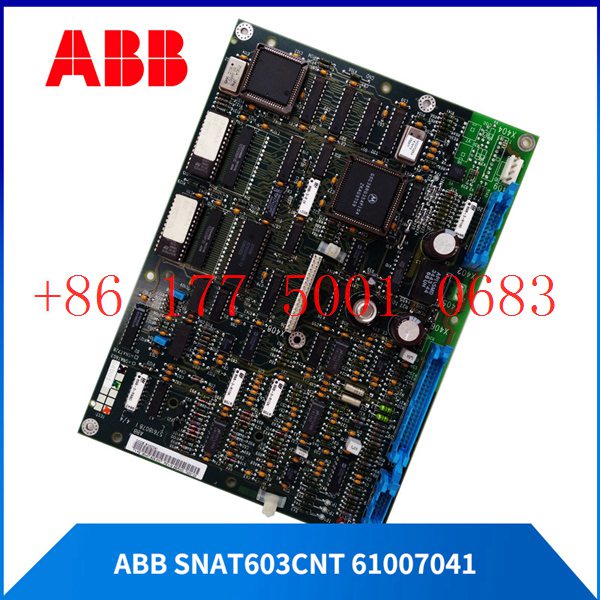
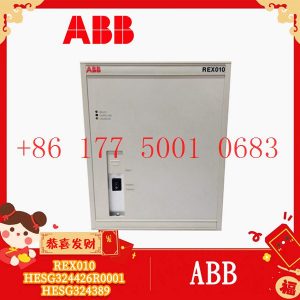
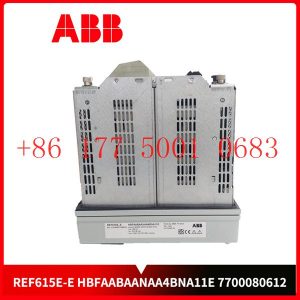
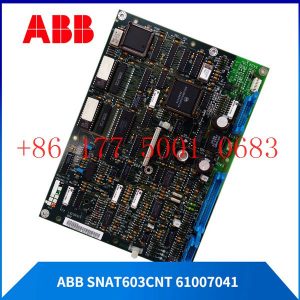
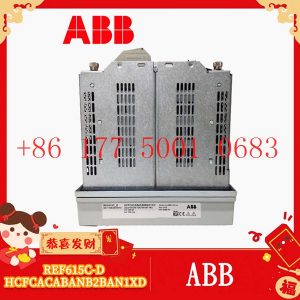




Reviews
There are no reviews yet.